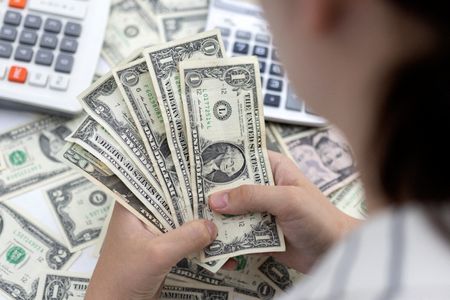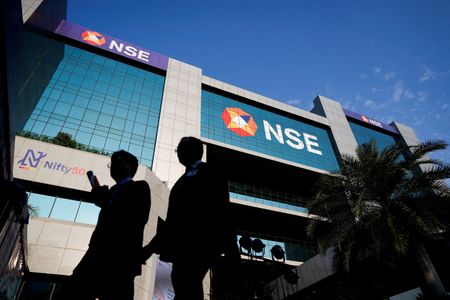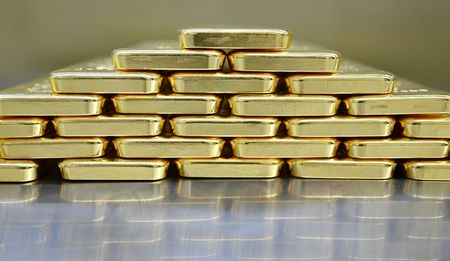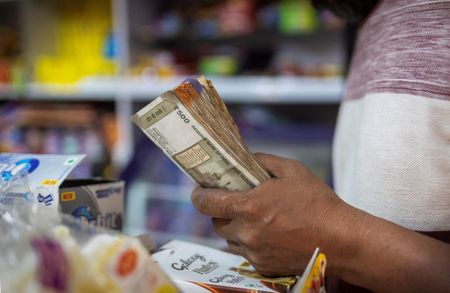By Jaspreet Kalra and Ankur Banerjee
SINGAPORE (Reuters) -The dollar was under pressure on Friday and was on course for a weekly fall as U.S. President Donald Trump’s temporary choice for a fill-in Federal Reserve Governor stoked expectations for a dovish pick to replace chair Jerome Powell when his term ends.
Sterling hovered near a two-week high, clinging to Thursday’s sharp gains as the Bank of England cut interest rates but only after a narrow 5-4 vote, which showed the central bank’s easing bias lacked conviction.
Meanwhile, Trump’s decision to nominate Council of Economic Advisers Chairman Stephen Miran to serve on a newly vacant seat at the Fed, while White House seeks a permanent addition, weighed on the dollar.
Miran replaces Governor Adriana Kugler following her surprise resignation last week.
“While we expect Miran to advocate for lower interest rates, we do not consider he will push the FOMC to cut the Funds rate if the data does not support a cut,” said Joseph Capurso, head of international economics at the Commonwealth Bank of Australia.
“Depending on the president’s perception of his performance, he may also be a contender to replace Chair Powell when his term ends in May.”
Trump has repeatedly criticised Powell for not cutting interest rates, and while he has backed off threats to oust Powell before his term ends on May 15, has accelerated the search for a replacement.
Fed Governor Christopher Waller is emerging as a top candidate to be the next chair, Bloomberg news reported on Thursday.
Against a basket of peers, the dollar is down nearly 0.7% on the week so far as concerns over softening U.S. economic momentum, especially in the labour market, boosted hopes of Fed rate cuts.
The dollar index was last at 98.04 in early trading on Friday. The Japanese yen was flat at 147.07 per dollar.
Adam Grotzinger, senior fixed income portfolio manager at Neuberger Berman, expects four consecutive rate cuts from the Fed totalling 100 basis points, starting later this year and finishing early next year.
“When we’re looking at economic data, don’t be surprised by softer prints coming in on the economy in Q3,” Grotzinger said. “That said, for the full year we expect kind of an okay growth, but slower than the last couple years.”
Traders are pricing in a 93% chance of a rate cut in September with at least two rate cuts priced in by the end of the year.
Atlanta Fed president Raphael Bostic said on Thursday that while risks to the job market have increased, it remains too soon to commit to rate cuts with more data lined up ahead of the Fed’s policy review scheduled for September 16-17.
The BOE’s split vote on Thursday showed policymakers remained concerned about still high inflation, even as it cut rates.
The pound was nearly flat at $1.3439 on Friday, holding the previous session’s gains and on course to clock its best weekly performance since late June.
The vote-split in the BoE meeting “implies one of the most hawkish versions of a 25bp cut that reasonable could have been expected,” analysts at Goldman Sachs said.
Elsewhere, the euro was perched near a two-week high as investors found comfort in the prospect of talks between the U.S. and Russia aimed at ending the war in Ukraine.
Russian President Vladimir Putin and U.S. President Donald Trump will meet in the coming days, Kremlin aide Yuri Ushakov said on Thursday. This would mark the first summit between leaders of the U.S. and Russia since June 2021.
With the Kremlin announcing summit plans, “geopolitics are in the spotlight and likely to be the major driver of FX markets heading into the weekend,” analysts at ANZ wrote in a Friday note.
(Reporting by Jaspreet Kalra and Ankur Banerjee in Singapore; Editing by Sam Holmes)











